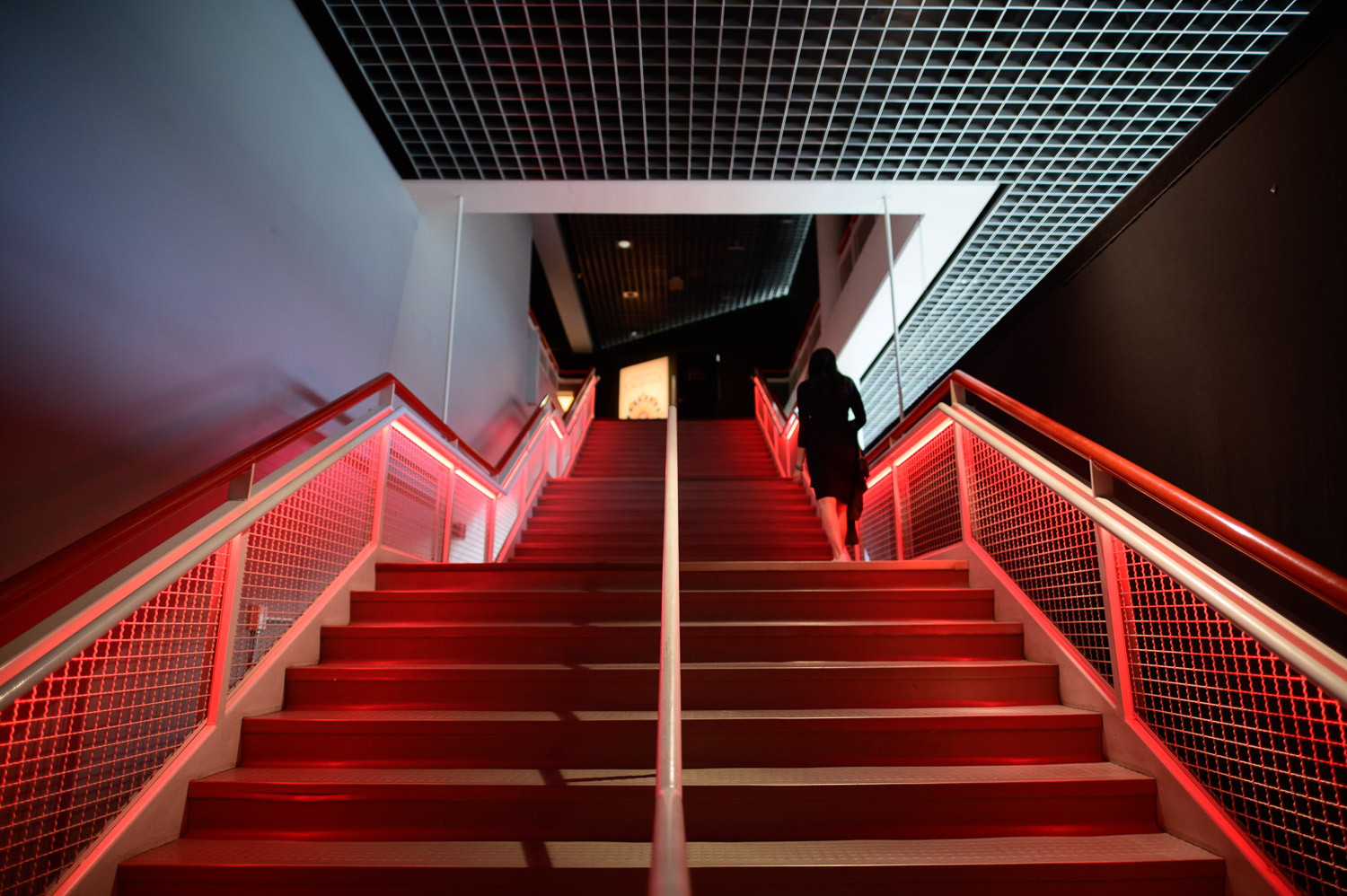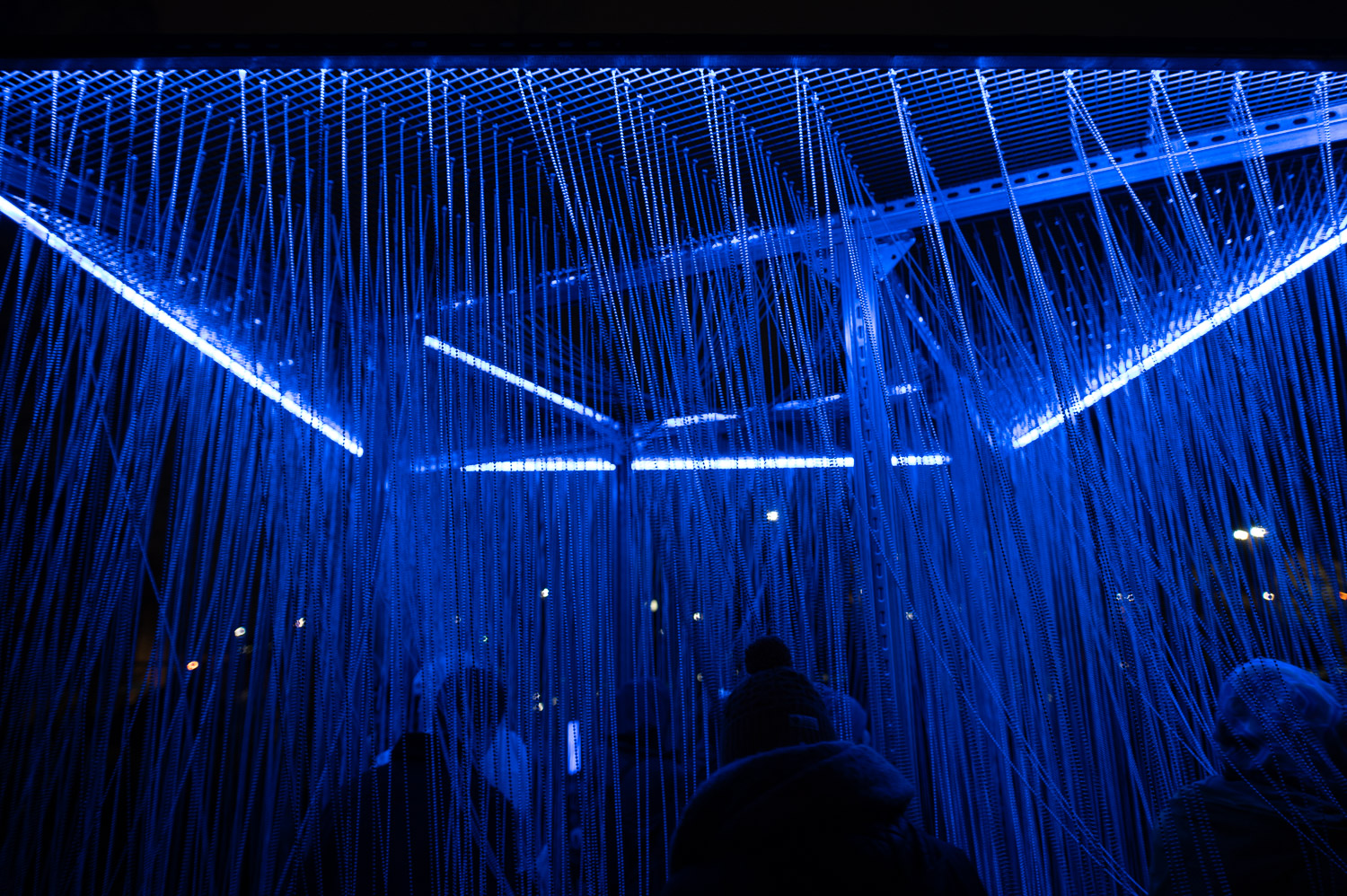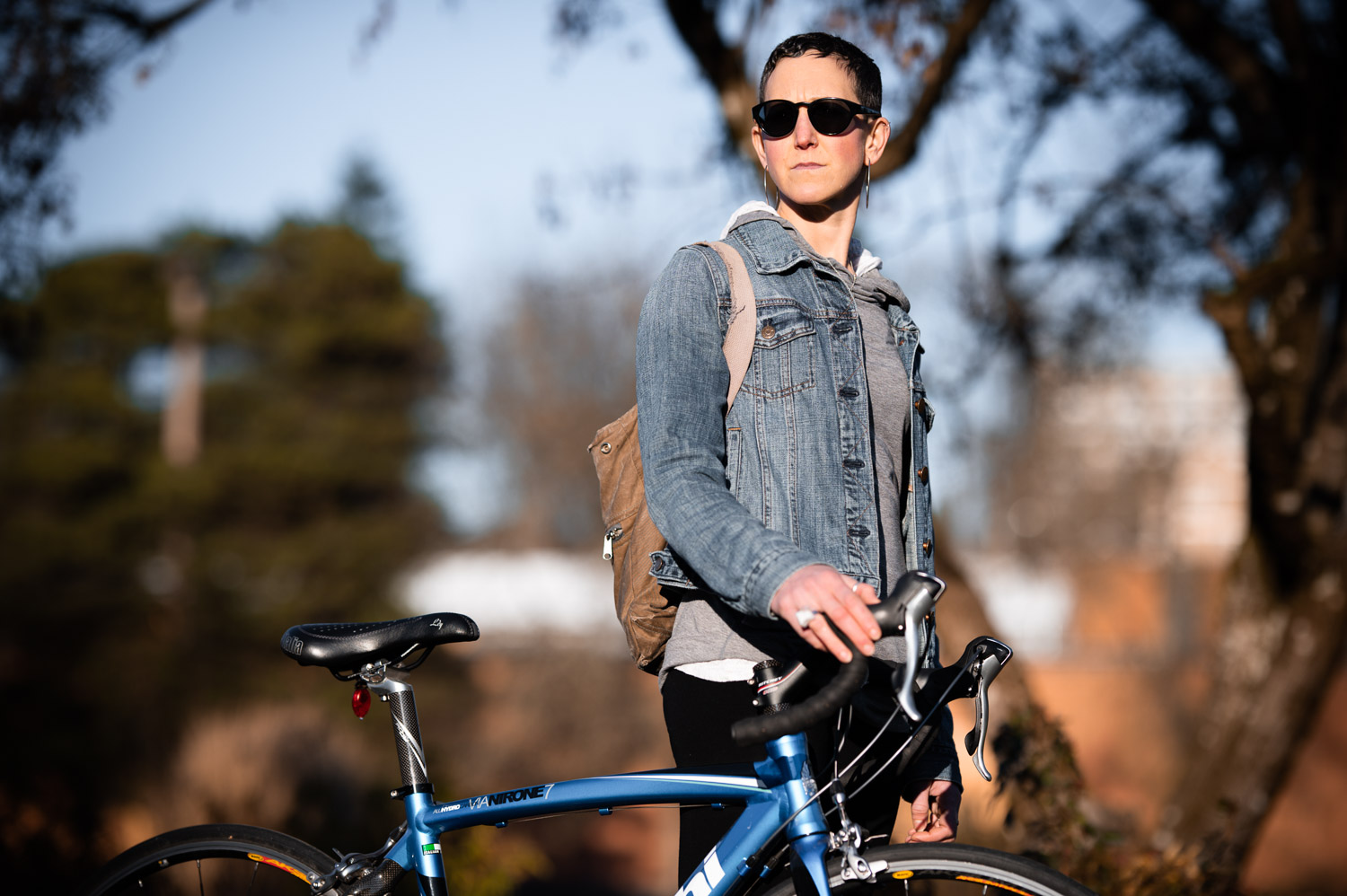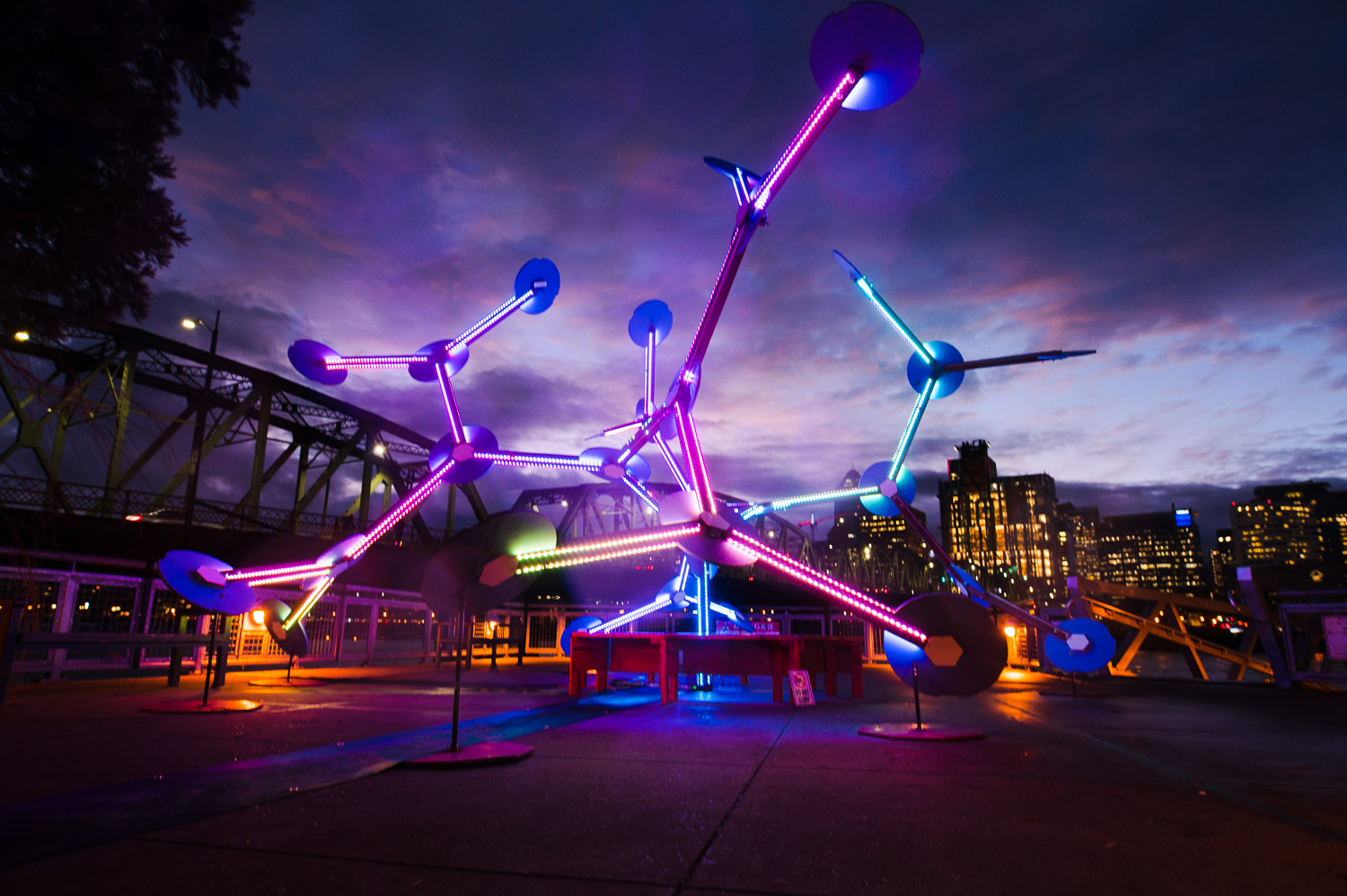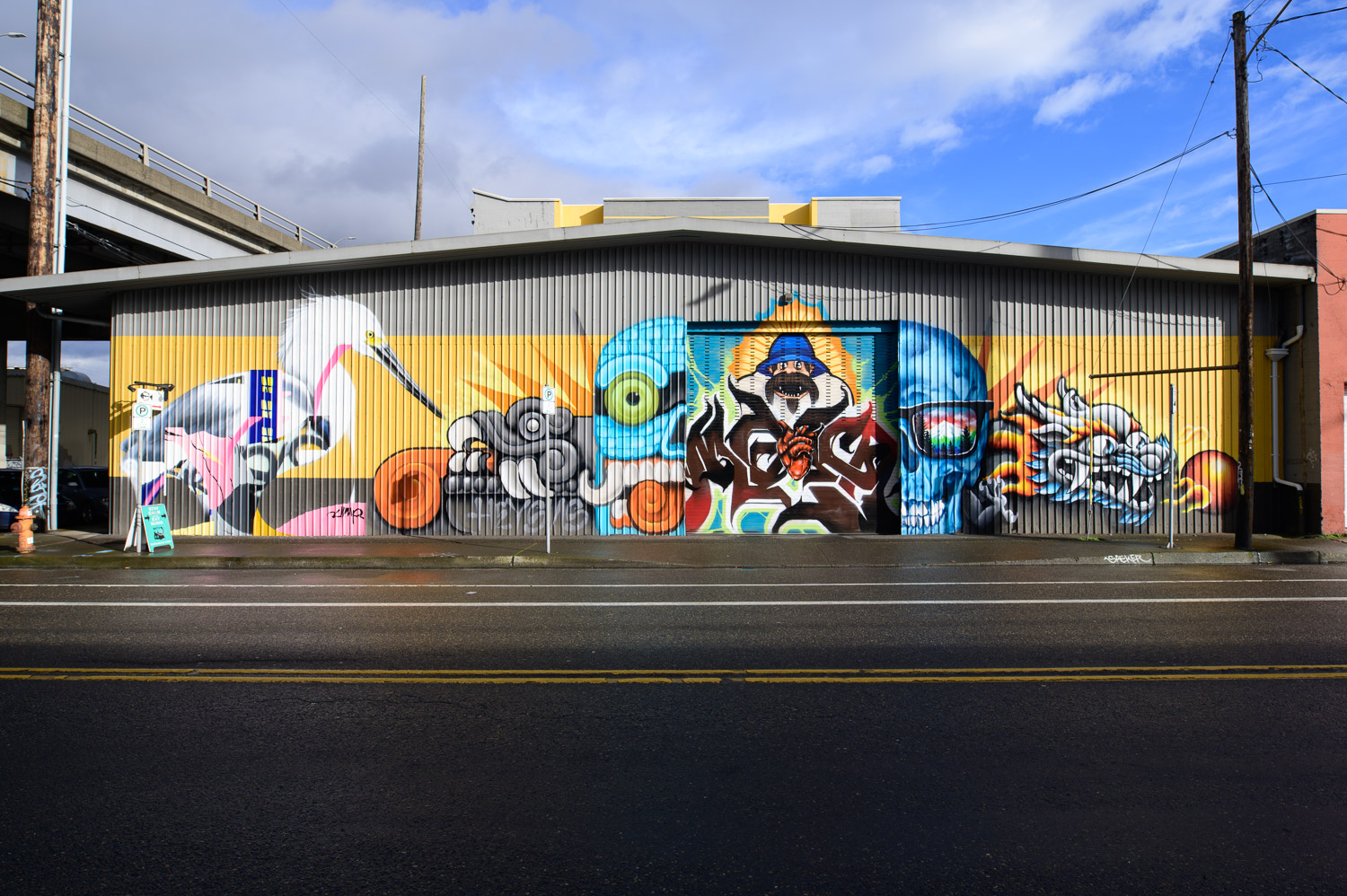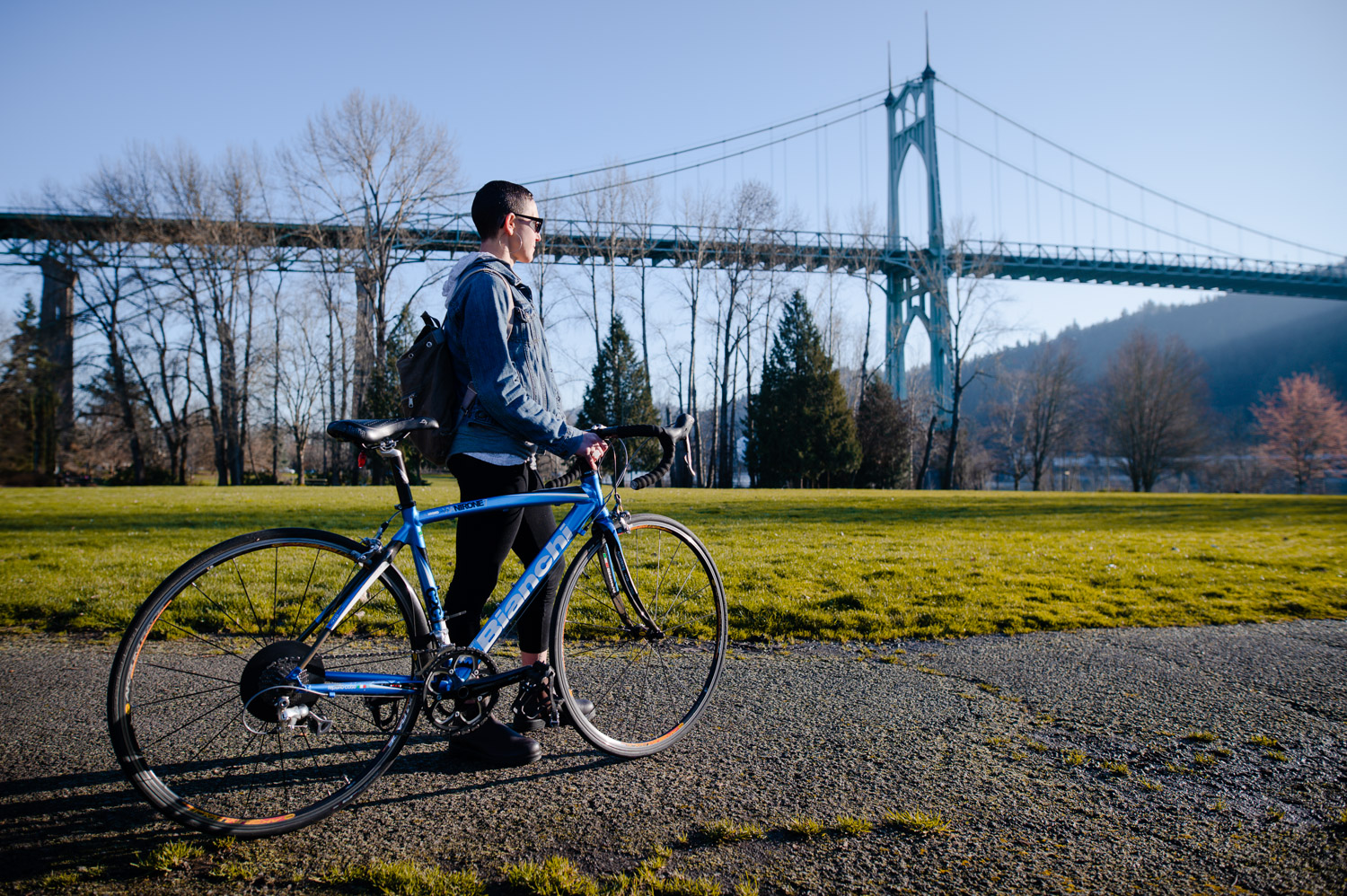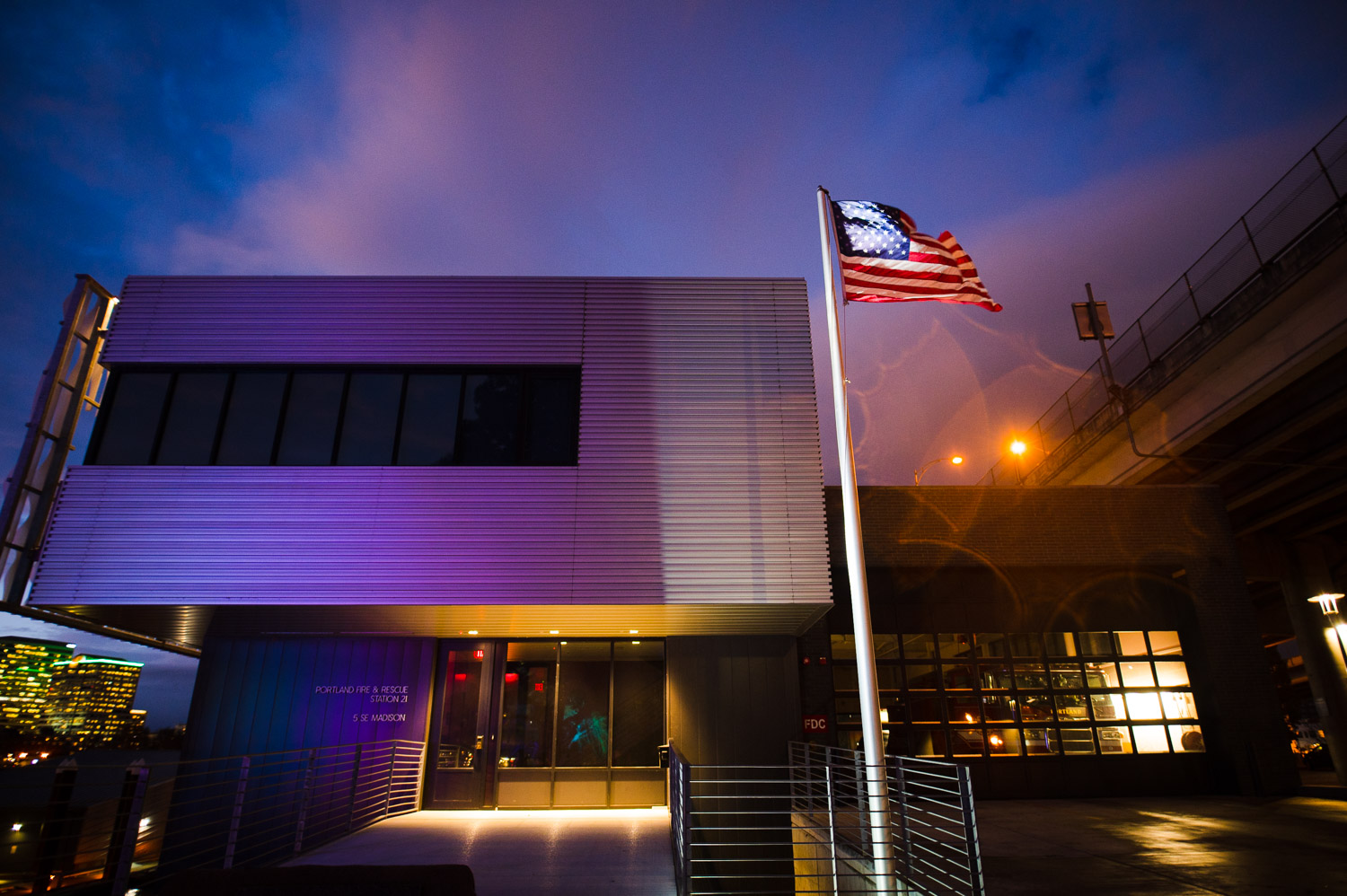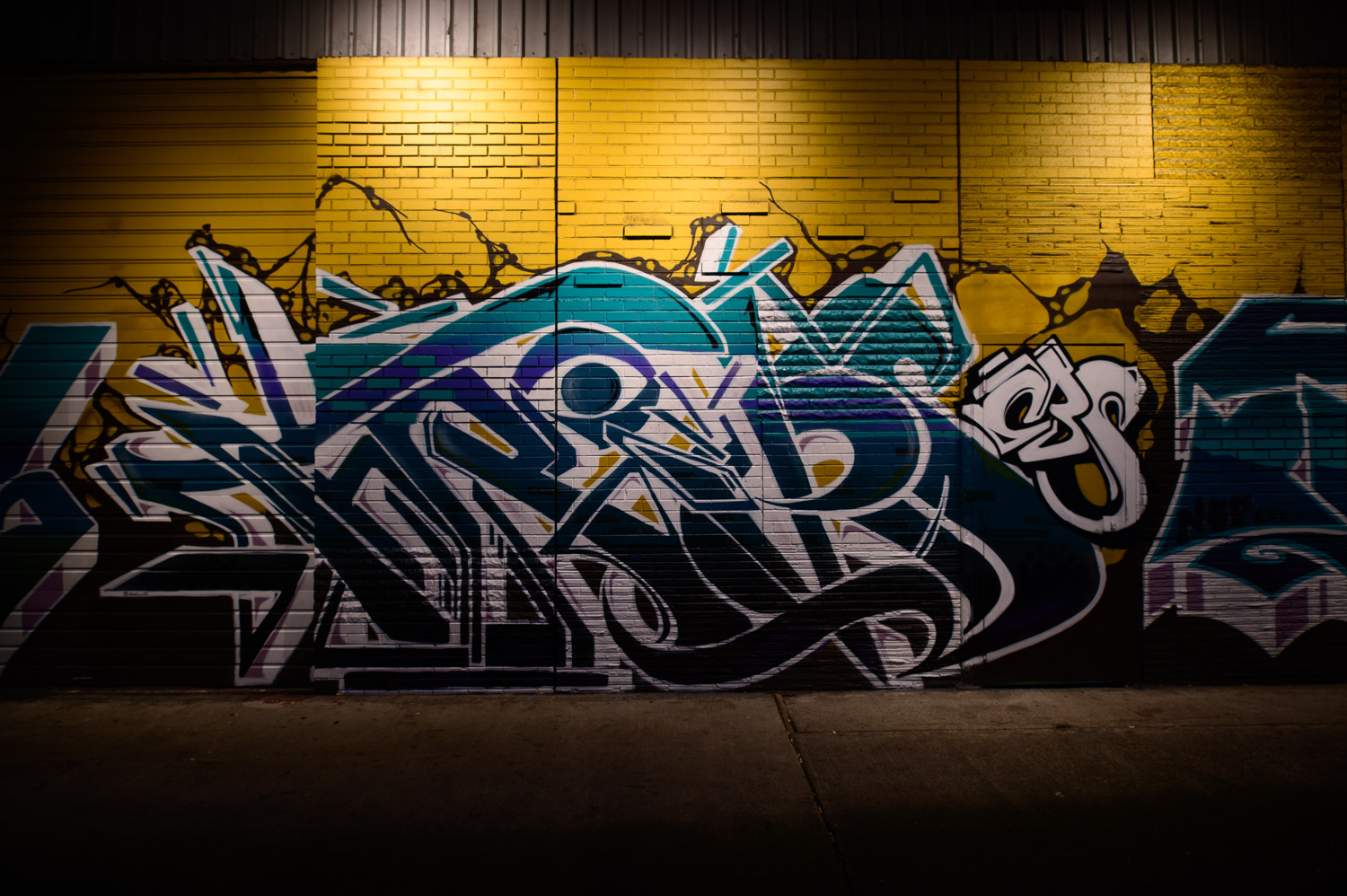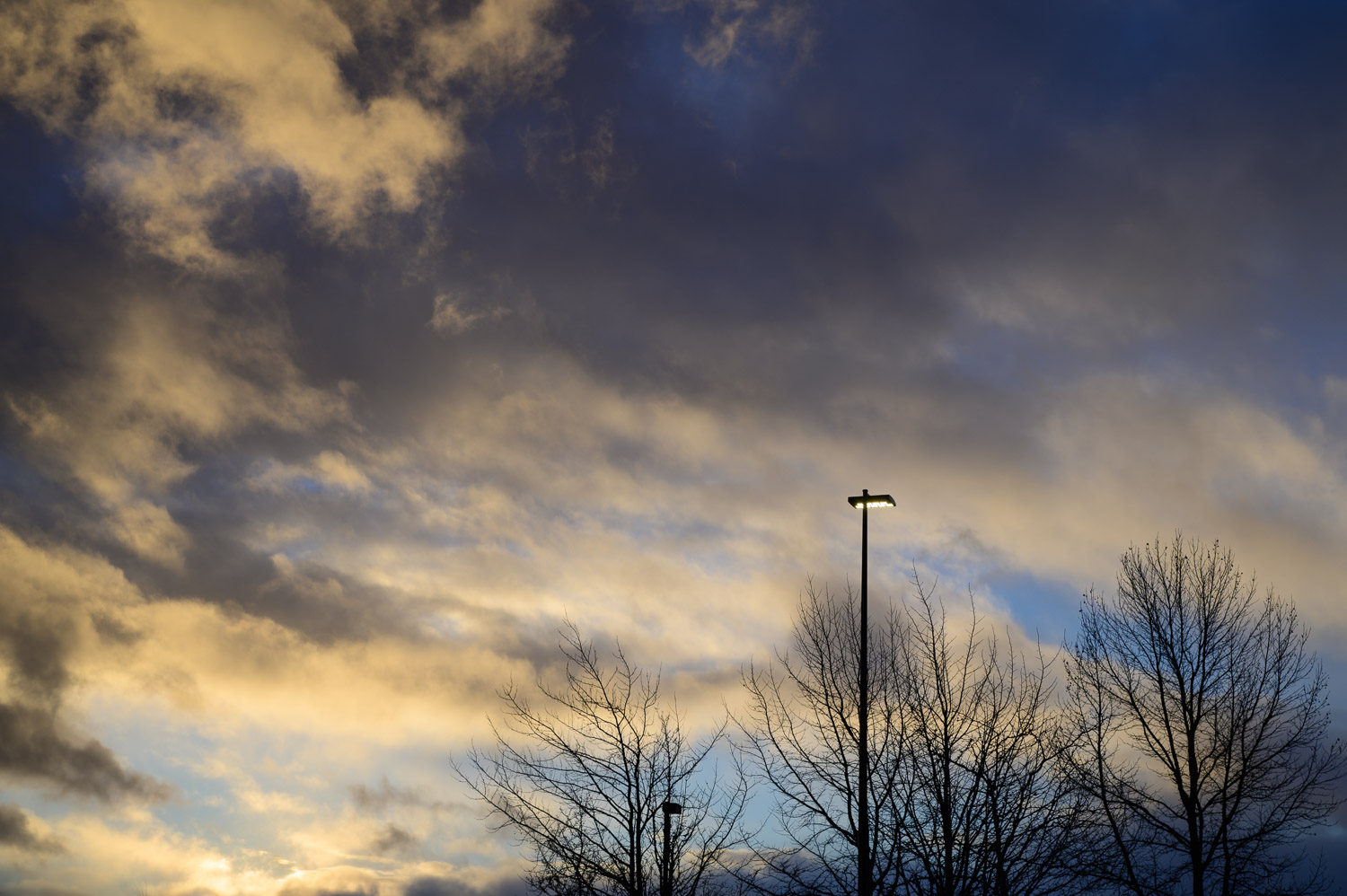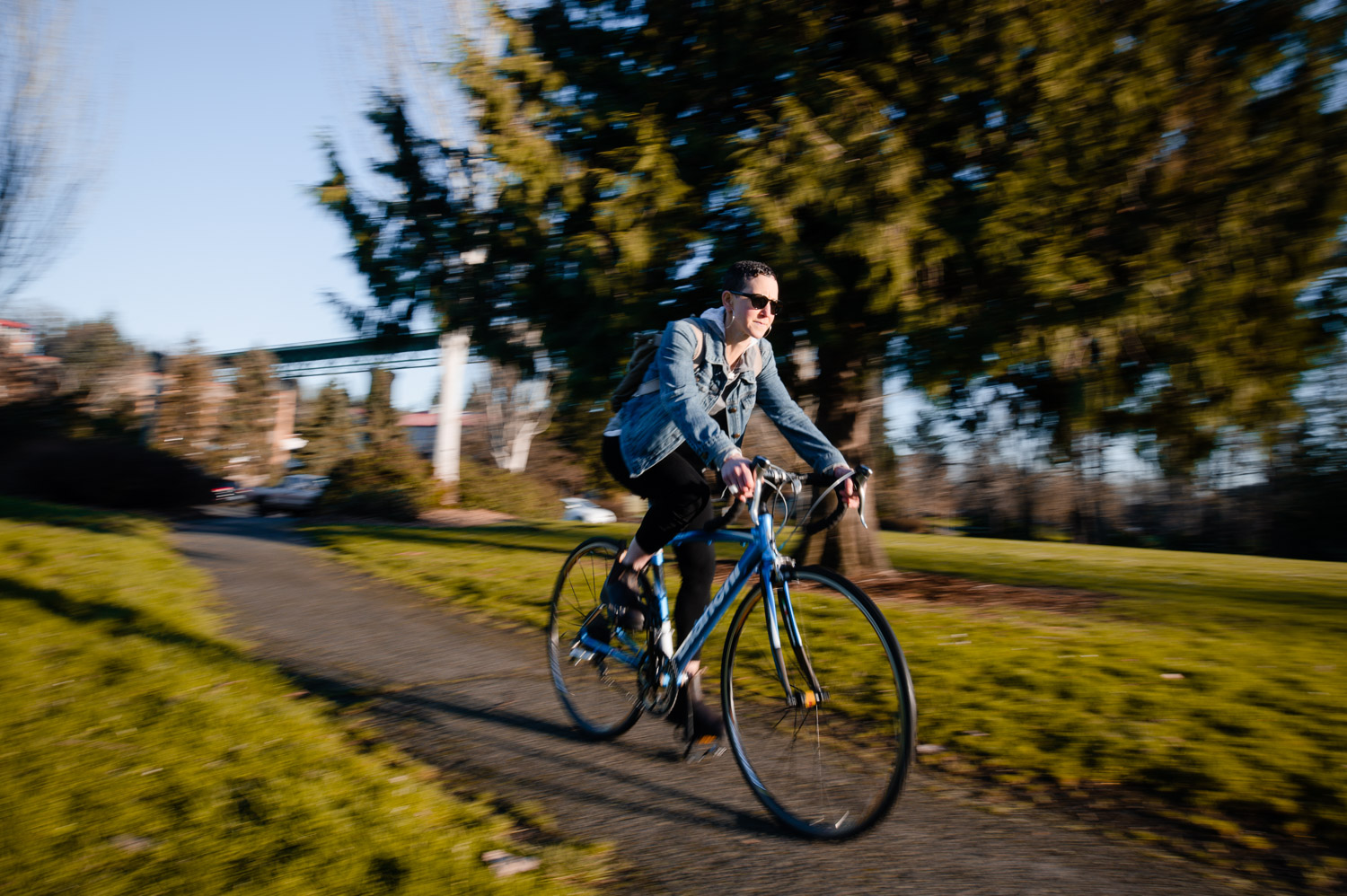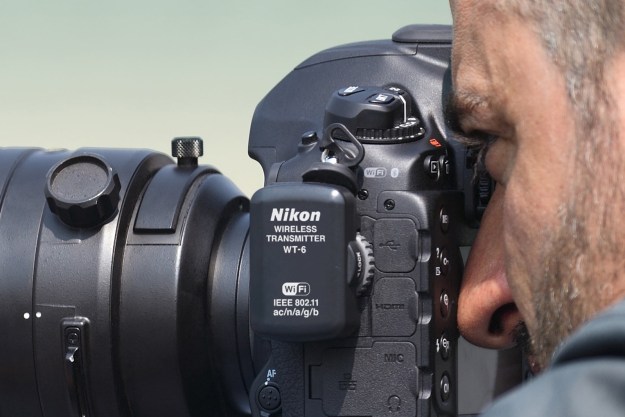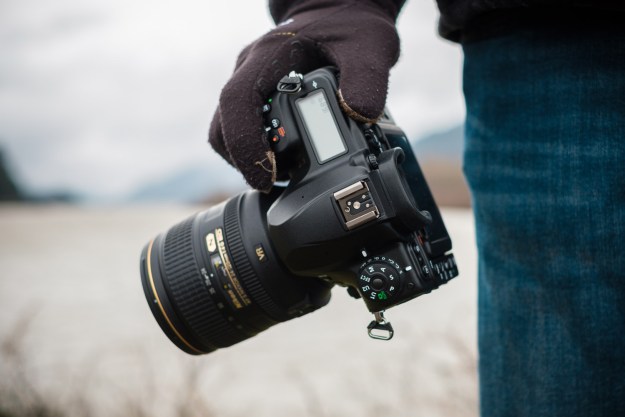
- Phase-detection in live view
- Eye AF works very well
- 4K video with 10-bit output
- Weather-sealed design
- 1/8000s to 15m shutter speed
- Viewfinder AF feels dated
- More expensive than Nikon Z 6
- Few advantages over mirrorless
If you want a DSLR, the full-frame Nikon D780 is the one to buy. The follow-up to 2014’s popular D750, the $2,300 D780 is a new Goldilocks camera and Nikon’s first DSLR to include on-chip phase-detection autofocus.
But do you want a DSLR?
Look. I like the D780. It’s a balanced camera with strong performance and great image quality. But in 2020, I have hard time coming up with a reason I would choose it over the smaller, lighter, and cheaper Nikon Z 6, the D780’s mirrorless counterpart.
Instead of stoking my enthusiasm for DSLRs, shooting the D780 further tilted the scales in favor of mirrorless. It’s a good camera, but it’s part of a dying breed.
Design and interface

The DSLR is the direct evolution of the film-era SLR, or single lens reflex camera. Revolutionary for its time, an SLR let photographers see directly through the lens using a reflexive (that’s old-timey speak for reflective) mirror and prism.
DSLRs carried this design into the digital era, replacing silver with silicon, but leaving the mirror and viewfinder alone.
However, digital cameras can pipe a live feed straight from the sensor, offering another means of displaying a through-the-lens image without the need for a bulky mirror box. Thus, the mirrorless camera was born.
The alleged benefit of a DSLR is the optical viewfinder, which offers a clear, excellent view. But as electronic viewfinders (EVFs) have improved with OLED screens and resolutions that push 6 million pixels, optical viewfinders don’t feel necessary.
Plus, EVFs are more capable. You can see exposure and white balance previews, review images, and even call up exposure and focusing aids like a histogram, zebra stripes, or focus peaking.

The D780 has numerous live-view-only features that can’t work through the optical viewfinder. Where DSLRs were once prized for their autofocus, live-view AF now offers many advantages, like greater frame coverage and face detection.
As a result, DSLR is starting to feel outdated. And yet, Nikon believes it can sell a D780 for $2,300 when the Nikon Z 6 — now over a year old — is only about $1,850 at the time of writing.
Why do photographers value DSLR so highly? I think it comes down to a few small, but key, factors. Old-school Nikon photographers have large collections of F-mount lenses, a DSLR’s battery life is better thanks to the low power requirements of an optical viewfinder, and DSLR feels familiar.
There’s also less competition in the DSLR space, as Canon is the only company making a camera that competes (and, if I’m being honest, the EOS 6D Mark II doesn’t really compete). Nikon can charge whatever it wants for the D780. It owns this section of the DSLR market.
Nikon D780 vs. Nikon D750

Though it’s a half-decade old, the D750 is a tough act to follow. Digital Trends called it “stellar” in our 9 out of 10 review. It was the best camera for the money at the time, and remained class-leading among DSLRs for years.
The new features of the D780 focus on processing and electronics. This enables phase-detection autofocus in live view, along with face- and eye-tracking, thanks to a new 24-megapixel sensor and Expeed 6 processor.
This is all great stuff, but nothing the mirrorless Nikon Z 6 doesn’t have.

The spec sheet is littered with smaller, but important, upgrades. The shutter speed now tops out at 1/8000 second, a stop faster than the D750. It can also get slower, allowing for 15-minute exposures without a remote, a huge increase over the D750’s 30-second limit. Continuous shooting gets a slight bump to 7 frames per second from 6.5, but in live view the D780 can hit an impressive 12 fps using the electronic shutter (if you drop down to 12-bit RAW).
The imaging sensor, while essentially the same resolution, is now backside-illuminated, helping to bring the ISO to a new expanded maximum of 204,800, 2 stops above the D750. LCD resolution has increased by over 1 million pixels, for a total of 2.36 million.
Video has significant, if expected, enhancements, going from Full HD to 4K. Nikon’s N-Log flat color profile is also included, as is 10-bit 4:2:2 output over HDMI, making the D780 one of the best DSLRs for video next to Canon’s massive (and massively expensive) EOS 1D X Mark III. However, that’s not any better than the mirrorless Nikon Z 6.
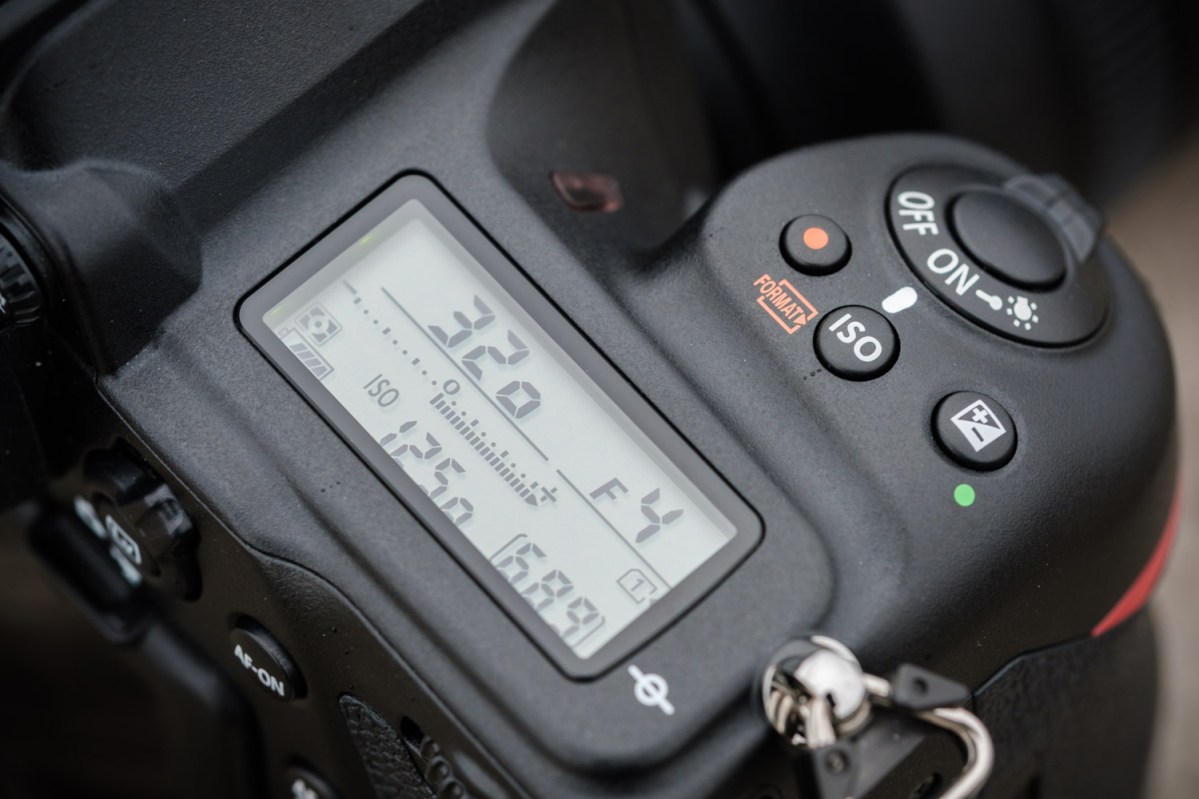
Battery life is much improved, with a CIPA rating of 2,260 exposures using the optical viewfinder. That’s impressive in any context, and it’s about 1,000 more than the D750. However, some of that increase is thanks to the D780 no longer having a built-in flash, a feature on the D750 that would have negatively affected its CIPA test results.
There’s no question that the D780 is a worthy replacement to the D750. But whether the D780, as a DSLR, is the right camera for you in 2020…well, that’s not so clear.
Features
While the D780 benefits from the mirrorless tech it borrows from the Z series, it does little to update the DSLR-specific components of the D750. It recycles the same 51-point viewfinder autofocus system, although it has been upgraded with the focusing algorithm from the flagship D5.
I was impressed with how well the D780 kept up with moving subjects using continuous autofocus in Nikon’s 3D Tracking mode, but with the Nikon D6 arriving this year and bringing a brand new AF system with it, I’m not sure why Nikon didn’t give the D780 the Nikon D5’s entire 153-point AF module, instead of just the algorithm.
It’s an odd thing to hold back on if the D780 is meant to survive another 5 to 6 years. Its Multi-Cam 3500FX II focusing sensor has roots going back to 2007’s Nikon D3.

The viewfinder is the same. It’s a good finder, with a bright pentaprism and 100% frame coverage, but its 0.7X magnification is noticeably less than the 0.75X magnification of the D850’s. Yes, the D850’s is larger, but I’m not sure Nikon needs to be concerned with keeping the D780 as small as possible now that its mirrorless cameras offer a better solution for photographers in need of a compact system.
I would have liked to see an AF joystick, something Nikon has on its other high-end cameras, including the crop-sensor D500. It’s a simple addition that ups usability more than you would expect. Choosing a focus point using the multi-selector pad is OK, but not as ergonomic.
To be perfectly clear, none of these things make the D780 a bad camera. It just fails to present anything close to the revolutionary leap I’ve been hoping for in a DSLR.
Image quality
Through the viewfinder, you’d have a hard time telling the D780 apart from the D750. But turn on live view, and the difference becomes clear.
After waiting generations for Nikon to get live-view autofocus right, it finally has. Combined with the touch screen, focus is fast, accurate, and flexible. Eye-detection turns on automatically, and works well, even recognizing the eyes of a subject wearing dark sunglasses.

This is all great stuff, and makes the D780’s tilt screen more useful than it was on the Nikon D750.
However, it’s the same system as the Nikon Z 6, where things like eye AF can be used through the electronic viewfinder, something not possible on the D780’s optical one.
What’s more, live-view autofocus is simply more accurate because focus is measured on the imaging sensor itself. Although not usually a problem for first-party lenses, I tested three Sigma Art Primes. One of them front-focussed through the viewfinder, tack-sharp in live view. I used Nikon’s AF Fine Tune function to fix this, which is a great feature, but on mirrorless I wouldn’t have had to do anything at all.
Thanks mostly to eye AF, I found myself using live view more than the viewfinder. But shooting like that turns the D780 into an overweight mirrorless camera.
Which brings me to my biggest problem with DSLRs. They behave like two different cameras, depending on whether you use the viewfinder or the LCD screen. This is certainly confusing for beginners, and even as an experienced DSLR shooter, it’s frustrating.
That’s not to say the D780 doesn’t have clear advantages for certain applications. A DSLR is still better for wedding and event photographers thanks to the long battery life and compatibility with the AF assist grid projected by an external flash, something that helps out tremendously when shooting in dark reception halls but is incompatible with live-view autofocus. The dual SD card slots are nice for a high-stakes live event, providing peace of mind with redundant storage.
In fact, I’ll be shooting a wedding with the D780 in about a week. Even as a fan of mirrorless cameras in general, I’m glad I’ll have a DSLR for that assignment, and happier that DSLR is the Nikon D780.
But for anything else? Just give me a Nikon Z 6.
Our Take
Even if Nikon made the changes I think are missing — going with the D5’s 153-point AF system, adding an AF joystick — the D780 would leave me strongly in the mirrorless camp. It’s a good DSLR, but feels like a stopgap for Nikon D750 owners who aren’t yet ready to go mirrorless.
Nikon is nudging people toward the Z series, and I see no reason to complain about that. From the EVF, to in-body image stabilization, Nikon’s Z cameras have key advantages. I also love the strategy Nikon is taking with the Z-series lenses, focusing on high-quality glass with f/1.8 apertures that keep the size and cost under control. That’s the future.
The D780 is the past. A brilliant piece of it, no doubt, but still the past.
Is there a better alternative?
Yes, the Nikon Z 6. For most people, a mirrorless camera makes more sense, and the Z 6 is currently available with the F-mount lens adapter and a memory card for under $1,850.
Strictly within DSLRs, the D780 is best in class and does not have a true competitor, although Canon’s EOS 6D Mark II is cheaper at just $1,400 at the time of writing.
How long will it last?
The D780 is well-built, weather-sealed, and should hold up to professional wear and tear. If the half-decade lifespan of the D750 is any indication, we expect the D780 to last for at least 5 years. But if you’re not already, expect to be enticed by new mirrorless cameras over that time.
Should you buy it?
If you’re still convinced you need a DSLR, then yes. This is the best one in the $2,000 price range. Just take a moment to consider if that’s really what you need.
Editors' Recommendations
- The best full-frame cameras
- The Nikon Z 5 doubles down on SD card slots despite its entry-level price
- Nikon D750 vs. D780: 5 years in the making, Nikon’s newest proves its worth
- The wait for the Nikon D6 gets even longer, due to the coronavirus
- Nikon D780 vs Canon EOS 6D Mark II: The battle of budget full-frame DSLRs



